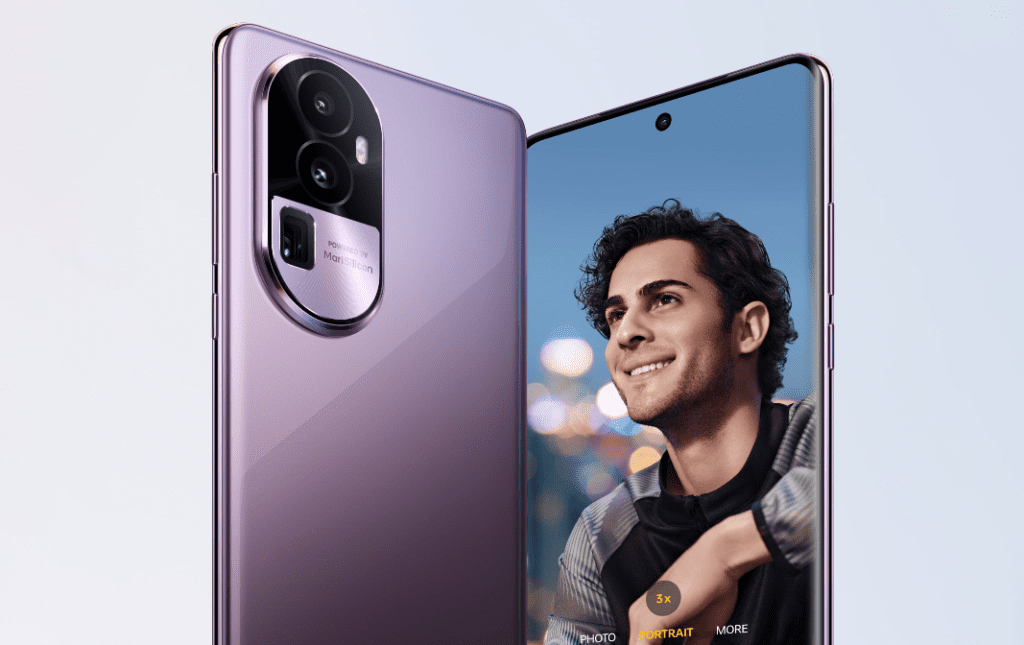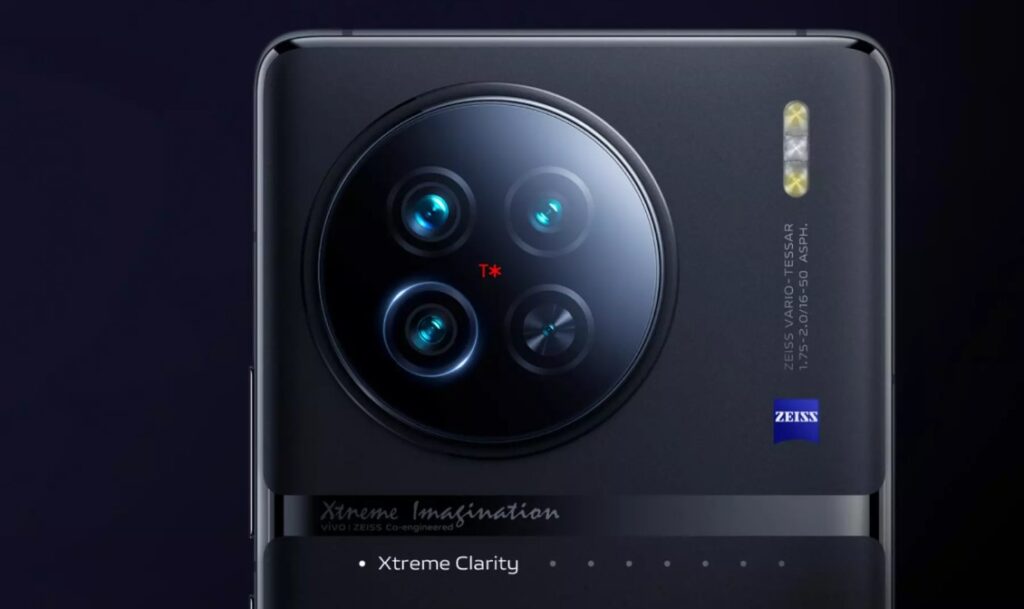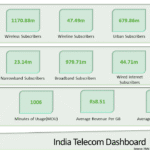Camera performance has become one of the most discussed features when purchasing a new smartphone. Considering how important a good mobile camera is to users in the content production era, OEMs devote a significant portion of their R&D resources to camera innovation and development. Take for instance the newly launched Reno 10 Pro+. The flagship Reno-series smartphone is highly reliant on its photography capabilities, particularly the portrait features.

Marketed as the Portrait Expert, the Reno 10 Pro+ boasts a 50MP primary camera accompanied by a 64MP OIS-enabled telephoto sensor capable of 3x optical zoom and 120x digital zoom. An 8MP sensor handles the ultrawide photography. Like every year, Oppo has also thrown in a plethora of portrait-centric software modes and filters mimicking all sorts of DLSR-like effects along with 4K 60fps video recording, slow-motion, and time-lapse recording modes.
Other notable hardware aspects include- Qualcomm Snapdragon 8+ Gen 1 SoC, a 6.74” 120Hz curved OLED screen, 12GB RAM, and 100W fast charging. All these features come packed inside an 8.3mm sleek design at an asking price of Rs. 54,999.
Oppo Reno 10 Pro+ Vs Competition
We did some competition mapping and analyzed the specifications of the Oppo Reno 10 Pro+ and its closest rivals. The list includes the likes of the OnePlus 11 5G, iQOO 11 5G, Vivo X90 5G, and the Motorola Edge 30 Ultra. All these handsets are priced at Rs. 55K to 60K price bracket and have one thing in common- all are highly capable of clicking good pictures. In fact, some of the handsets in the list feature cameras backed by fine color tuning from legacy camera experts.

For instance, the OnePlus 11 5G also features a 50MP OIS-enabled primary sensor. It is accompanied by a 32MP telephoto sensor and a 48MP ultrawide sensor. Although the OnePlus 11’s camera system lacks the Reno 10 Pro+’s heavily advertised portrait capabilities and filters, it aces the fundamentals by using Hasselblad’s color calibration to produce excellent images. The OnePlus 11 also boasts a Dolby Vision-enabled 2K AMOLED panel protected by the best-in-class Corning Gorilla Glass Victus layer.
The handset also gets the latest Snapdragon 8 Gen 2 CPU, a bigger 5,000mAh battery, and an IP64 water-dust resistant design. Further, the OnePlus handset gets an extra year of software upgrade promise for both OS and security updates. The OnePlus 11 5G is slightly more expensive than the Reno 10 Pro+ at Rs. 56,999 but offers some hard-to-ignore benefits that make a huge difference in the day-to-day user experience. The camera delivers more color-accurate pictures and videos. The smartphone runs on the latest Qualcomm SoC and comes with a promise of an extra year of software support, things we would like to see in all value-flagship offerings including the new Reno-series devices.

The same is true for the Vivo X90 to some extent. The smartphone also boasts an impressive set of camera hardware fuelled by a dedicated V2 imaging chip resulting in a better overall photography experience. The ZEISS-backed triple-lens camera on the Vivo X90 better handles light in challenging conditions. There’s no shortage of camera modes and filters, and, in fact, there are some ZEISS portrait modes that produce DSLR-quality results. The smartphone also feels much more premium in hands, offers IP64 water-dust rated design, and has faster 120W fast-charging support. But mind you, Vivo is charging Rs. 59,999 for the X90.

Another competitor phone, the Motorola Edge 30 Ultra, goes the extra mile by including some segment-first features. The smartphone boasts a 200MP OIS-enabled camera, as well as a 12MP telephoto sensor and a 50MP ultrawide camera. Motorola has also included a segment-leading 60MP front-facing camera that can come in quite handy for content creation. While there is no camera-expert backing here, the general camera hardware is impressive and produces excellent results.
Motorola has also offered a higher 144Hz refresh rate screen for better gaming feedback and has coupled it with Dolby Atmos-enabled dual stereo speakers. This makes the Edge 30 Ultra a power-packed multimedia hub for audio-video consumption. In addition, the Motorola Edge 30 Ultra brings faster 125W charging and even wireless charging support in the same price bracket.
We also cannot rule out the older generation Samsung Galaxy flagship smartphones in the same price bracket. Those devices offer excellent AMOLED displays, better overall camera performance (especially in portrait photography), longer software update cycles, and better durability standards. Samsung’s after-sales service support is also better than most OEMs.
With that being said, value-flagship offerings in the price range of Rs. 55K to 60K generally achieve a better equilibrium between camera capabilities and other important factors. The Reno 10 Pro+, however, focuses more on niche photography features while neglecting some fundamental aspects, which can result in some definite losses in market share.
A well-crafted approach for a value-flagship (Rs. 55-60K) offering in 2023 would be focusing on addressing the long-due pain points such as a longer software upgrade cycle, solid water-dust resistance rating, and giving users the most cutting flagship chipset available. The OnePlus 11 5G seems to be the handset with the best overall balance of features and hardware in the respective price bracket followed by Vivo X90 5G and Motorola Edge 30 Ultra.





